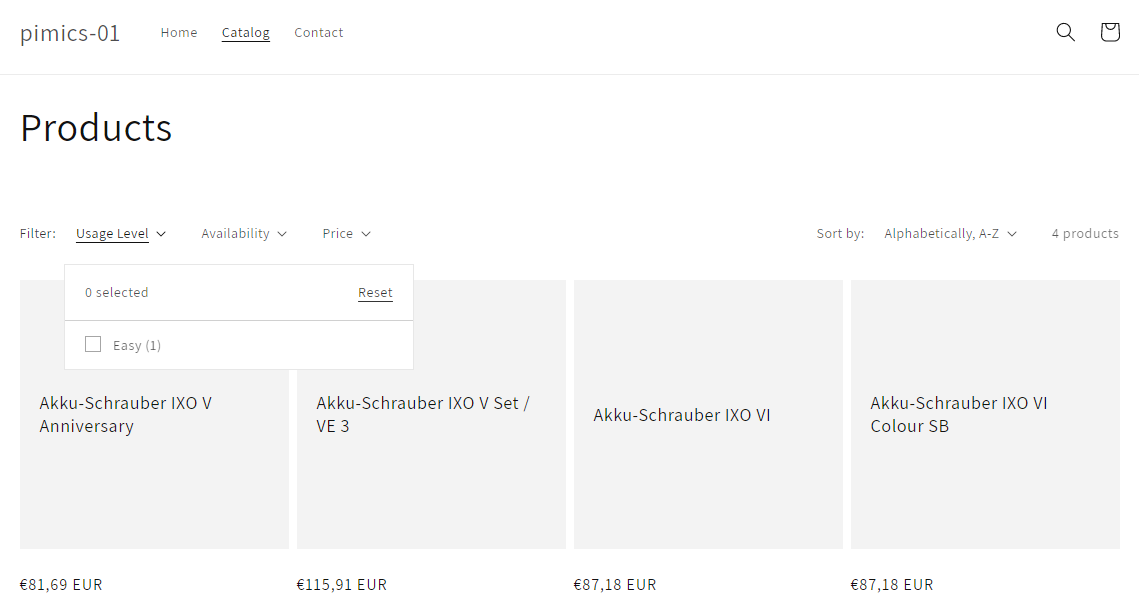e-Commere for Business Central
The topic of native e-Commerce solution for Microsoft Dynamics 365 Business Central has been raised many times and slept again. In one hand there is a solution like Sana Commerce, or DC that present data directly from ERP. In another there are partner integrations and data synchronization to well-known platforms like Magento, Shopware and others.
But none of them is provided by Microsoft. Now we have Shopify integration from Microsoft. We can't stay by side with Pimics. We've been working on analyzing the current integration and finding the limits that we can extend by Pimics.
Pimics - Shopify integration
Our integration is focused on product data, we don't see the reason to touch the other types of integrations like orders. Our goal is to take what is there and extended it, so we don't want to overwrite any process that is designed in the standard integration.
Filters
One of the ways to success sell a product is to help users to find the correct product. Filters are the easiest way; customers can specify there needs and easily find the set of products that can fit. A several insights show that customers need to find a product as fast as possible, otherwise thay are losing drive.
Filters can be defined in Pimics as a feature. When you use inheritance for features you will make sure that all products in the same category have the necessary data, this way you will increase the quality and consistency of the data. In Shopify, features are synchronize to metafields and the rest is just a setting in Shopify.
